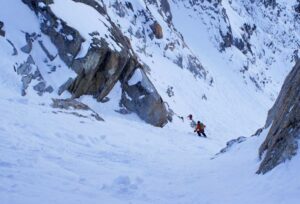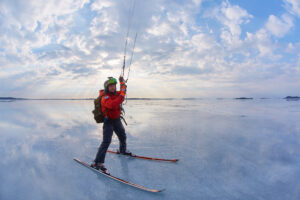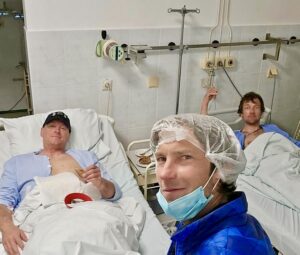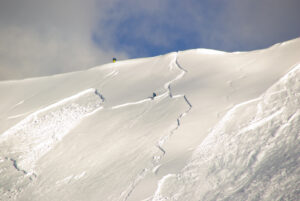Skiing through a long, covered tunnel without natural light might sound unpleasant to some, but ski tunnels could be the future of skiing in Scandinavia.
In Sweden, climate change means fewer days of snow cover. The Swedish Meteorological and Hydrological Institute writes that the country is 1.9°C warmer because of climate change, with a snow season that is two weeks shorter than before 1991.
Keeping cross-country going for longer
Cross-country skiing is a huge sport in Scandinavia, both professionally and recreationally. Hoping to keep their ski seasons alive, countries like Sweden and Finland have attempted to future-proof the sport.
Sweden’s Torsby Ski Tunnel opened in 2006 and Finland opened the world’s first cross-country ski tunnel, Vuokatti, in 1998. Since those two mega-projects opened, other, smaller, ski tunnels have opened for business too.

Vuokatti ski tunnel. Photo: Coconut Sports
Torsby was the largest ski tunnel in the world when it was built. It is 1.3km long and lined with permafrost-covered concrete pipes to maintain the low temperature. Above the pipes sits a thin layer of artificial snow that protects them during the four months the ski tunnel closes each year.
Despite some resistance to skiing indoors, Torsby Tunnel is very popular. The technology works. Provided you can put up with the strip lighting and monotony of the view, the tunnel offers perfect training conditions from June to February.
A new trend?
So, will similar ski tunnels pop up in North America or the Alps? It seems unlikely. Constructing a center for cross-country skiing is a very different proposition to future-proofing downhill ski resorts. Still, the adaptability and ingenuity displayed in Finland and Sweden could point the way to a warmer future that still has space for winter sports.






